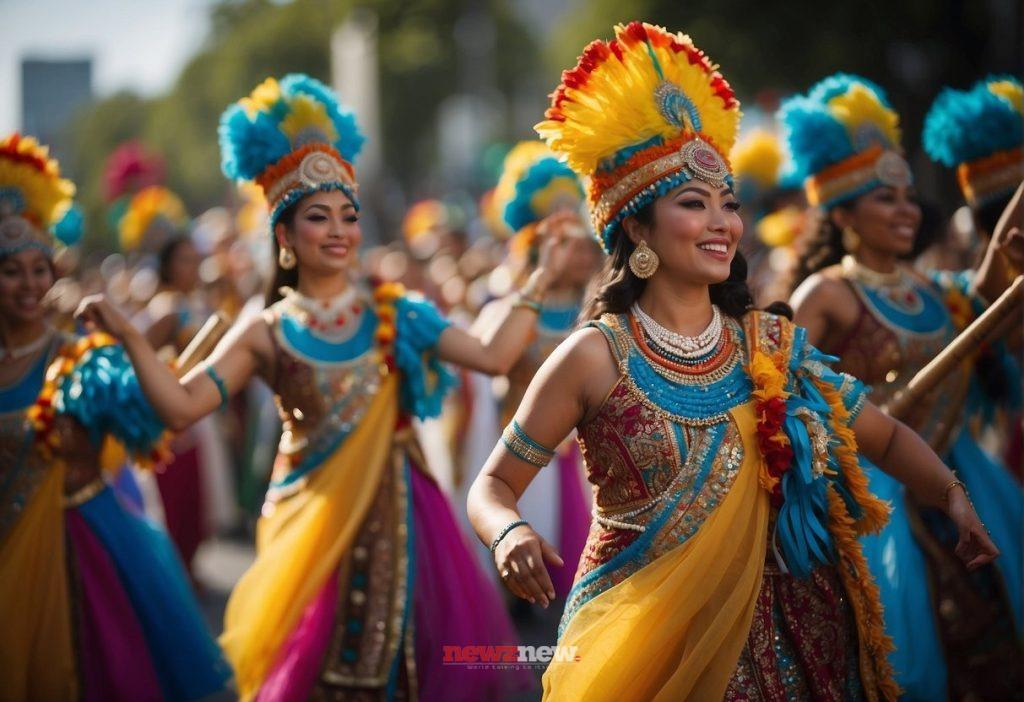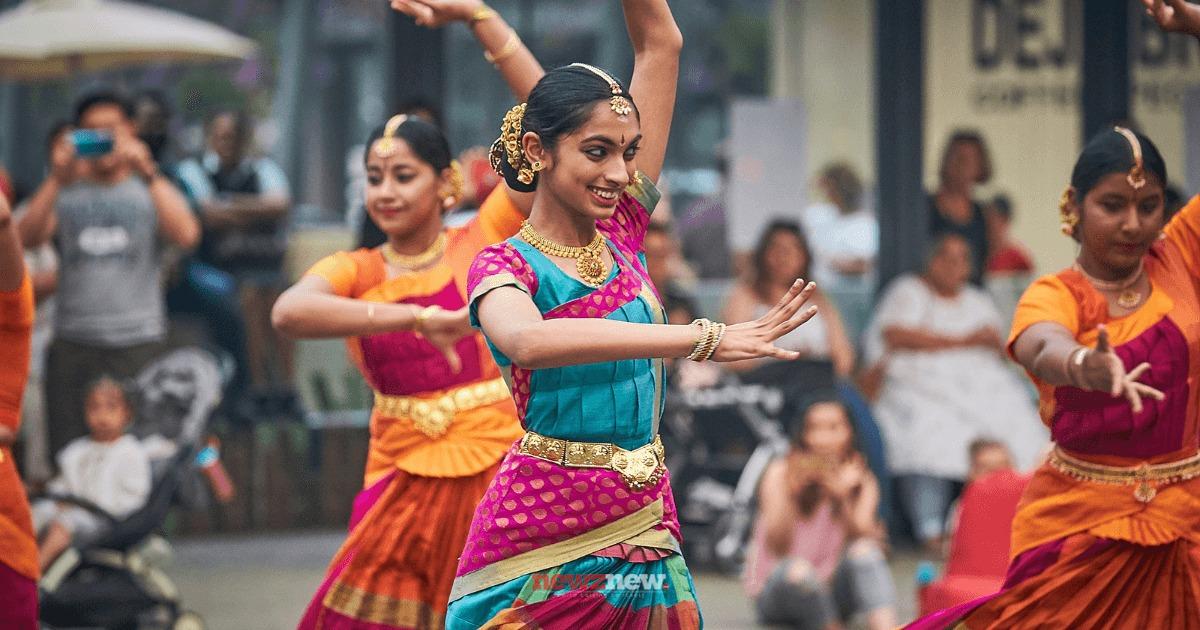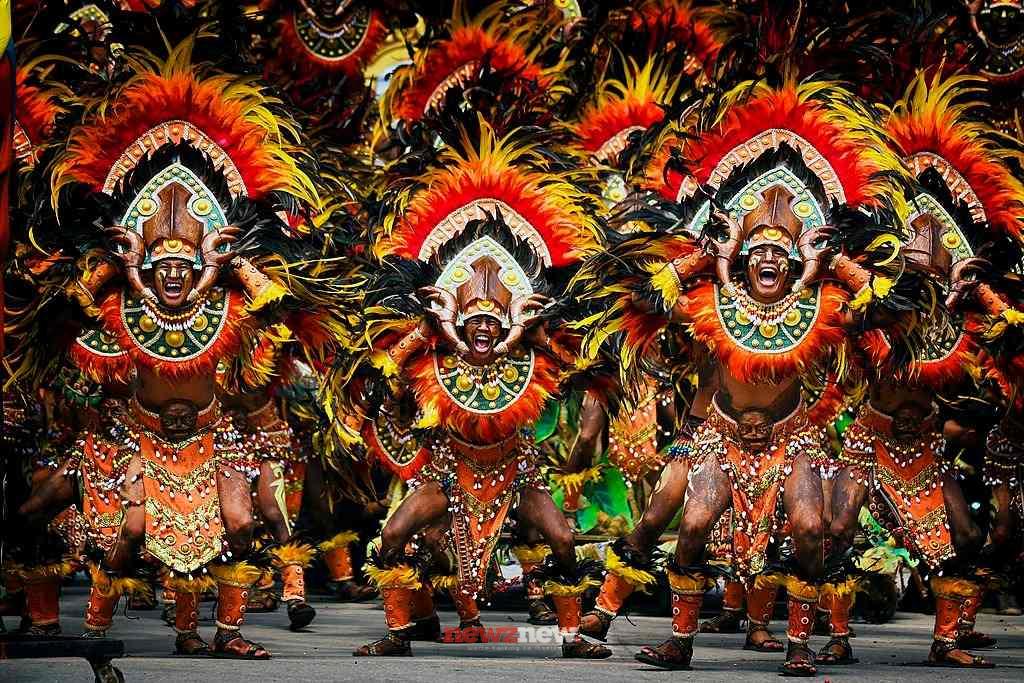Contents
- 1 Innovation at the Heart of Tradition
- 2 Sustainability: A Global Celebration Responsibility
- 3 Heritage Meets Modern Expression
- 4 Pop-Up Culture and Unlikely Venues
- 5 Community-Led and Inclusive
- 6 Digital Belonging: Hybrid and Virtual Expansion
- 7 Celebrating Diversity and Facing the Future
- 8 Why Cultural Festivals Matter More Than Ever
Cultural festivals are more than just annual celebrations—they’re the heartbeat of tradition, storytelling, and community worldwide. In 2025, these beloved gatherings are making an inspired comeback, showcasing not only the richness of

global heritage but also remarkable new ways to adapt in a rapidly changing, post-pandemic world. This article explores how cultural festivals are evolving for the future, making them more dynamic, inclusive, and relevant than ever before.
| Key Adaptation | Explanation |
|---|---|
| Hybrid Formats | Many festivals are blending in-person and virtual participation, allowing global audiences to join through live-streams and VR. |
| Sustainability Focus | Eco-friendly practices—plastic-free zones, renewable energy stages, and carbon offsetting—are becoming central to planning. |
| Tech Integration | Use of AI-driven scheduling apps, AR/VR art installations, and cashless payments enhance visitor experience. |
| Local & Global Fusion | Traditional cultural performances are being reimagined with contemporary styles, creating cross-cultural appeal. |
| Wellness & Mindfulness | Yoga sessions, wellness retreats, and mindful spaces are being woven into festival itineraries to attract holistic experiences. |
| Community-Centric Models | Focus on inclusivity, local artisans, and regional culture to ensure festivals benefit host communities directly. |
Innovation at the Heart of Tradition
Adaptability is the keyword for cultural festivals in 2025. Organizers are blending ancient rituals with modern technology, fusing age-old customs with contemporary expression to attract both loyal participants and new audiences. This can mean everything from hybrid events—offering both in-person and virtual participation—to using augmented reality at traditional celebrations so overseas visitors can immerse themselves from afar.

A powerful example is Mongolia’s Naadam Festival, which celebrates its 800th anniversary in 2025. Alongside classic horse racing, wrestling, and archery, visitors now enjoy immersive AR experiences, interactive exhibitions, and even sustainable pop-up villages that reflect traditional life with a modern, eco-friendly twist.
Sustainability: A Global Celebration Responsibility
Sustainability is at the forefront of cultural festivals’ evolution. Many prominent events have adopted carbon-neutral lighting, zero-waste initiatives, and food offerings that highlight local, seasonal ingredients. The Fête des Lumières in Lyon, France, will feature 2025’s greenest light tech, with carbon-neutral displays and projection mapping that highlight the festival’s commitment to climate action.
In India, major festivals like Kumbh Mela in Haridwar are leading the sustainable event movement by building cleaner visitor infrastructure and launching clean water programs designed to protect sacred rivers while providing for millions of pilgrims.
Heritage Meets Modern Expression

One of the most exciting shifts in 2025 is how festivals keep tradition alive by inviting new, creative interpretations. Across continents, younger generations are putting fresh spins on folk music with modern instruments and adding fusion cuisine to centuries-old culinary celebrations. Rituals remain at the center, but the experience is now collaborative and creative, featuring art installations, dance fusions, and interactive workshops designed for all ages.
Festivals such as India’s Holi see artists blend traditional music with electronic beats, while culinary demonstrations highlight both ancestral recipes and contemporary twists, ensuring relevance for modern tastes without losing authenticity.
Pop-Up Culture and Unlikely Venues

After years of uncertainty, another major trend is the rise of “pop-up” cultural experiences. Instead of depending on a single, massive event in one location, organizers are launching micro-festivals across shopping malls, airports, and even railway stations. These pop-up festivals bring the arts into daily life, making culture more accessible to those who can’t travel and creating new revenue streams for local artisans.
Museums and heritage organizations are especially nimble—setting up exhibits in high-traffic areas, introducing affordable ticket options, and using technology to help people interact with culture wherever they are.
Community-Led and Inclusive
In 2025, the spirit of “for the people, by the people” is stronger than ever. Local communities are leading more of the planning, ensuring that the festival programming resonates deeply with residents as well as visitors. Inclusion efforts are at an all-time high—festival spaces are increasingly accessible to people with disabilities, while organizers prioritize gender balance and representation in leadership roles and performance line-ups.
The Kuzu Cultural Festival in Sikkim, India, is an inspiring example, uniting 21 ethnic communities for a grand celebration that emphasizes heritage, pride, and intergenerational exchange. Meanwhile, storytelling circles at events like Pushkar Camel Fair and Rann Utsav in Gujarat enable travelers to directly learn from tradition-bearers, blending entertainment with education.
Digital Belonging: Hybrid and Virtual Expansion
Thanks to global connectivity, virtual participation is now a permanent fixture for most major cultural festivals. Live-streamed parades, digital workshops, and interactive webinars help every generation—whether in person or across oceans—take part in the celebrations. Some festivals even offer bespoke virtual “passes,” where remote guests can take guided video tours, join forums, or stream performances on-demand, all while interacting with fellow festivalgoers in real time.
Celebrating Diversity and Facing the Future
Festivals are now shining a brighter spotlight on underrepresented communities, championing indigenous, minority, and diasporic cultures with specialized showcases. The Lagos Festival of Futures in Nigeria illustrates this trend by merging traditional West African practices with futuristic technologies, blending local storytelling with global innovation.
Similarly, cultural festivals in 2025 are opening doors for new expressions, from climate-focused light installations in Europe to Afrofuturist music in Africa and everywhere in between. The renewed focus on inclusivity and contemporary relevance signals the enduring importance of cultural celebration for collective healing, joy, and future-building.
Why Cultural Festivals Matter More Than Ever
In an era marked by rapid change, cultural festivals offer grounding—linking us to the wisdom of the past while reimagining what community means for the future. Whether through dance, music, food, art, or simple gatherings, these events are more than displays—they’re lifelines for heritage, innovation, and belonging. By adapting boldly and creatively, festivals in 2025 ensure that culture continues to thrive, stay relevant, and inspire generations to come
As the world opens up, there’s no better time to rediscover the magic, connection, and transformative energy these celebrations offer. Plan a visit, join virtually, or organize a neighborhood pop-up—cultural festivals are waiting with open arms, and 2025 is the perfect year to experience their vibrant evolution.
This article is optimized for the keyword “How Cultural Festivals Are Adapting in 2025,” blending SEO best practices, engaging narrative, and authoritative insights to ensure maximum discoverability and reader appeal across audiences and search platforms.






